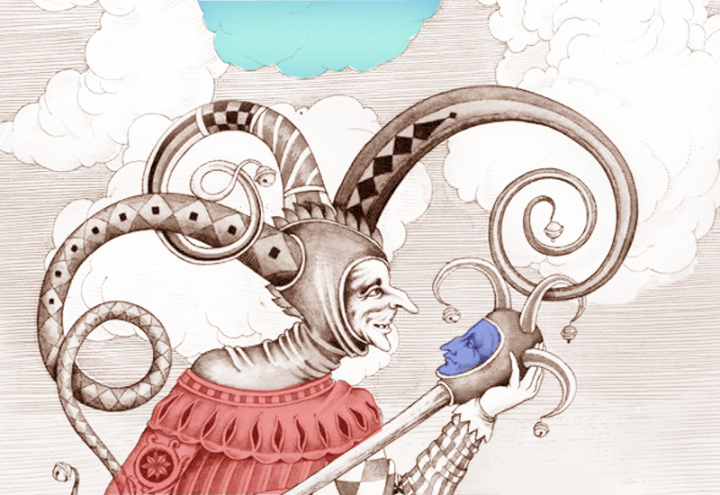Getting together in a gathering where HUMOUR is going to be the protagonist with the intention of analysing it in our lives, already suggests us what kind of evening we are going to spend. Thanks to having participants whose sense of humour and inspiration for telling jokes surpassed the average of any person on foot, the gathering could become a feast of catharsis and muscle strains to spend a summer night with a good sense of humour. Humour is a role in dealing with situations, but it is also a virtue that requires a certain intellectual mastery and association of images.
The motivation from which came the proposal to exchange on this subject, had been the observation that in the attempts to increase mobility and diversity of images, we found in deficit the humorous, as well as the ridiculous and grotesque. In other words, in the supposedly complete tragicomic spectrum. The more susceptible the experiences were to be focused on the dramatic side, the more difficult it was for them to imagine themselves from a more playful, light, humorous or grotesque point of view.
We describe the subject with examples of what helps a humorous optic as well as what opposes it, placing it finally in its greater system.
.
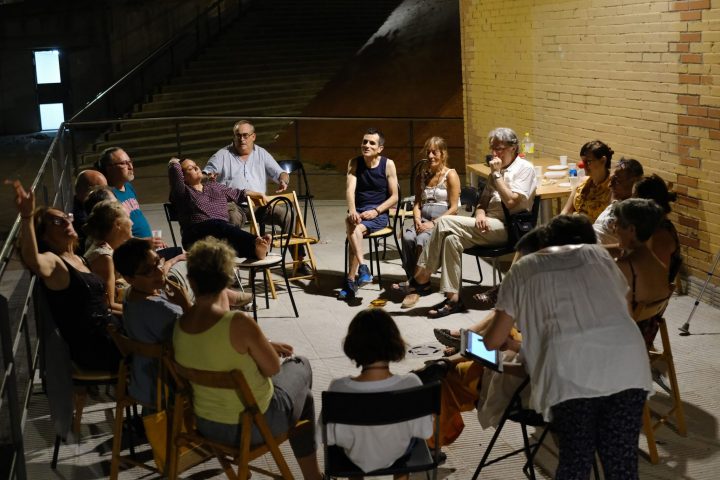
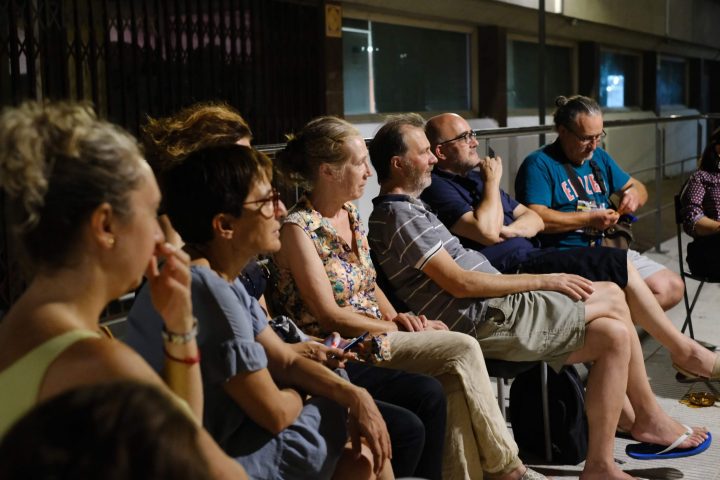
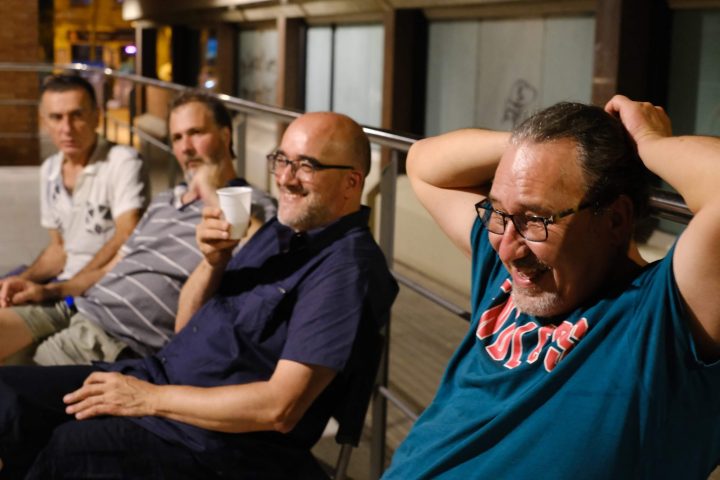

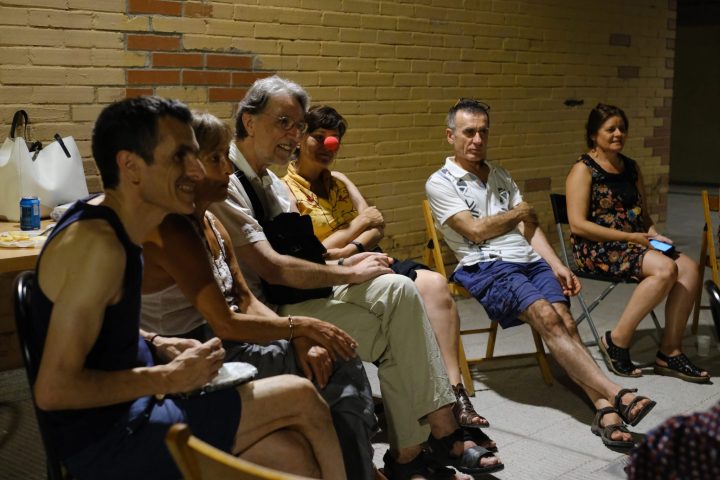
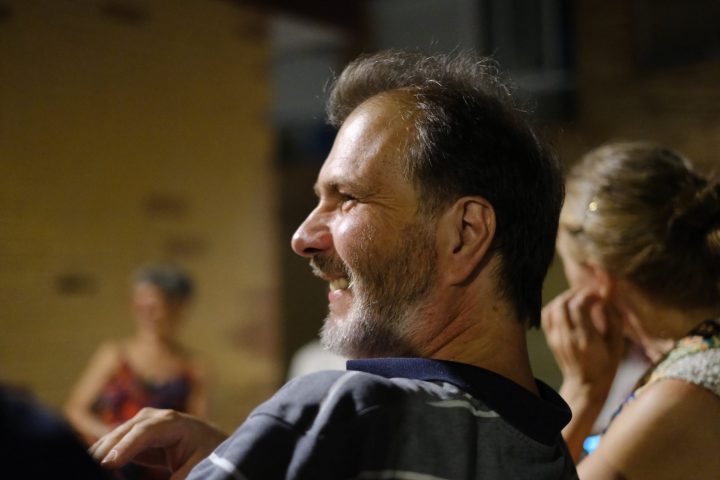
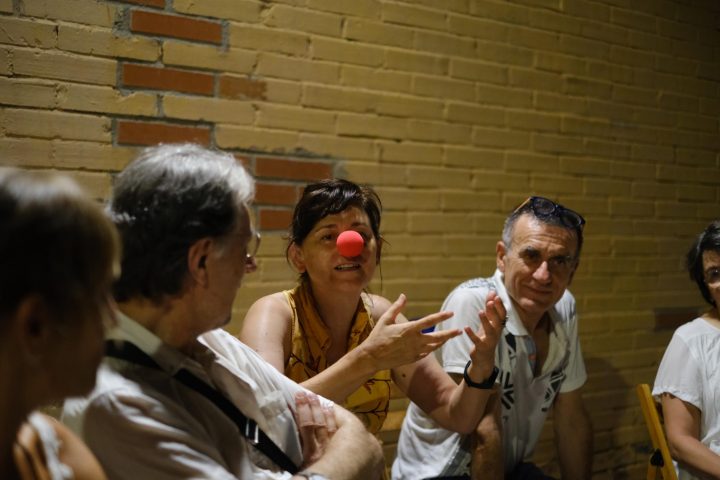
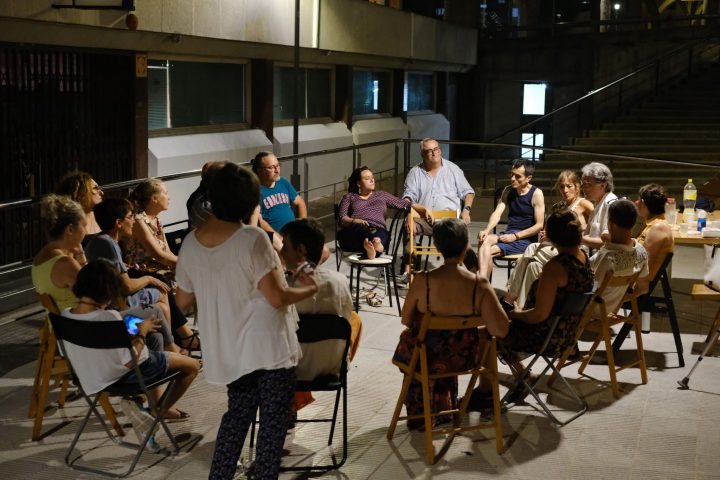
We notice how the description of a situation as “dramatic” has a cultural root, in many cases this optic is used by the powers to generate fear in the population and thus subject it to the established order. Observing this functioning allows us to rebel against such a positioning, making humour an adequate tool to achieve a growing adaptation.
In general there is a clear cultural root, where laughing is frowned upon, forbidden and numerous phrases made demonstrate it: “Of this type you can trust, because it is serious”. Examples of children from families that lived during the dictatorship explain their parents’ experiences of how everything was serious in their homes, where humour had no place, where fear and fear of authority reigned.
We agree that we often act with self-censorship: the denial of pleasure, understanding work, love and study as something serious, all validated only by suffering. At the root we find a base of Christianity: no saint laughs in Christian iconography, only the demon, unlike what we see in the mystics of other cultures, like Buddha or Chuang-Tzu (Buddhism and Taoism) where his teachings, sometimes related with poetry, others as humorous riddles reveal a mastery in explaining deep mysteries concerning the human being, his conscience and his transcendence using sarcasms, ironies or humorous postures. In other words, inviting people to laugh at the human condition, at their illusory nature.
But when the humorous angle is included in such situations, allowing a possible mobility of images, the register also changes. This is how participants relate when, in their personal failures, they trie to see beyond the situation to which they are subjected and to glimpse it with humor, de-dramatising and de-identifying themselves with everything that has the flavour of their own. By learning to laugh at ourselves, we allow ourselves to take distance, to de-dramatise states and situations, not to identify so much with everything that has to do with one.
One of the tertullians explains, in a humorous way and provoking a comic situation, an everyday scene of his life in which he chooses to change his mechanical response:
Every morning I go to buy the newspaper and the newsagent asks me:
– What, how’s it going?”
– Well (I answer)
This good leaves me with a bitter pain as I go home, thinking to myself: What do you mean, good, if everything goes badly for me?
Day after day the same scene is repeated, and that “good” does not cease to be a torture of falsehood for my conscience, so I decide that up to here we have arrived with the typical answer of “good”, as one who does not explain anything.
The next day, I go back to the kiosk,
– What, how’s it going?”
– Well (I answer), more than well, it’s that I’m doing great… look, I don’t know where to start, ….
From here, the tertullian relates a string of humorous reasons for which he is doing “more than well”, causing a comical and humorous situation for the whole.
Faced with such a situation of barbarities where going “well” exceeded the limits, that kind neighbour, to whom things were going “well” became the neighbour grotesquely exaggerated by “how well things were going”.
If we analyze the irony, we see:
1.- that in the face of an automatic and false response to the reality one believes oneself to be, there is an inertia to constrain oneself in formal clichés, with a great lack of mobility and diversity of images;
2.- logic would say that it is necessary then to elaborate possible answers that better illustrate and more truthfully respond to the situation about how bad one is…but no, the participant shows a path where humorous and playful optics are introduced, machining what funny thing could be answered that helps to move clichés, to enlarge registers, to surprise in the communication and in short to transmit by another way a more awake state.
Finally, he finds the way of exaggeration, of “how well he is (expansions and transformations), which already forces him to cut himself off. In this playful game, he has created a new situation that allows him to ask his interlocutor: “What’s the rage about how well I’m doing,” allowing him to enter into a humorous optic as well.
We could say that it is a clear example of how to approach a personal situation of failure, where being able to laugh at the situation takes the burden off the possible personal situation of suffering.
On the other hand, humour and its contents are clearly constellated around mental direction; it cannot be the same humour or have the same effects, whether it comes from a kind or degrading mental direction. Thus we explain that there is also a humour that is hurtful, or inappropriate, or of a regressive sign (xenophobic, classist, mocker of the underprivileged…).
The mechanisms of mobility of images, if we want to work on a subject in depth, go through first catharsis techniques, before which one can free oneself from what suffers, and then go on to do a work of conversion of images.
The key is to be able to laugh at what happens to one and for the same reasons not to take others seriously when what we see are their mechanisms of compulsions, of unresolved climates, just like what happens to oneself. What do we dramatise about? In this scenario, to replace the violent attitude towards oneself with humour would be to turn the situation around.
Translation Pressenza London


